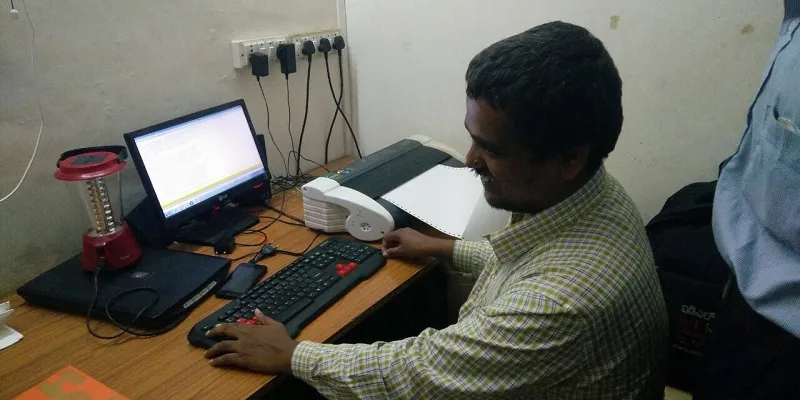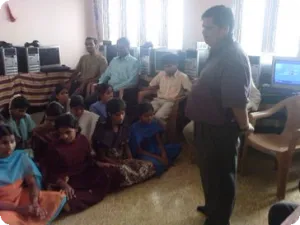Technology challenges impacting the education and employability of the visually impaired
For visually impaired individuals, finding employment can be a daunting experience. In addition to the challenge of finding the right opportunity, they are being challenged to prove their capabilities in order to compensate for their disabilities. Consequently, demonstration of computer literacy, language proficiency, and communication skills are of the utmost importance for the visually disabled.

Over the years, screen reading software have revolutionised the way the visually impaired obtain computer skills. Software such as JAWS (Job Access With Speech) enable those with visual disabilities to read text content that is presented on computer screens, using a braille display or speech synthesiser. Screen readers are an excellent means for improving computer literacy and for allowing greater access to the resources that are available online. Moreover, screen readers allow users to improve their communication skills through the use of email, instant messaging, social networking, and blogging. Screen readers are also popular among blind musicians who use audio editing software to pursue their passion of recording, editing, and distributing their work.
Conversely, challenges lie in the high cost of software licences, with each JAWS licence costing upwards of Rs 28,000 at a discounted rate for institutions such as Snehadeep Trust for the Disabled. In order to get software licences for multiple computers, these institutions would have to invest hefty amounts of money. Mr Thippeswami, a braille instructor at Snehadeep, prefers braille over audio resources. He attributes his inclination to the fact that screen readers do not assist them in learning the correct spelling of words if using a speech synthesiser. However, this problem can be avoided if a braille reader is used to transcribe the content.

Kurzweil is another text-to-speech reading software that promotes literacy among those with disabilities. Its functional uses include reading, writing, and test-taking capabilities. Essential functions such as multiple languages, web reading, spell checking, and adjustable speed make it a highly attractive software for special education. Nonetheless, malfunctions such as skipping of pages, reading pages upside down, and inaccurate scanning of shaded text can prove to be cumbersome for users.
Having been widely used for hundreds of years, braille is the most conventional method of learning for the visually disabled. Braille embossers allow the conversion of text into braille, using braille translation software. Snehadeep is one of many institutions that allow students to bring in text books to be translated in to braille. A high degree of care is needed when converting documents and books from text to braille because any errors in the text will translate directly on to the braille document. In order to combat this issue, Snehadeep employs volunteers who proofread the text resources before they are braille-printed.

Audio books are highly appealing to those who lost their vision later on in life, as it saves them from having to learn braille quickly as well as avoid going through the frustrations of reading braille at the same pace as they used to read text books. New technologies such as DAISY (Digital Accessible Information System) audio books, developed by the DAISY Consortium, as well as audio books developed through the SPECIAL methodology by ARISE Impact, have increased the accessibility to resources through versatility and ease of use.
The challenges facing most institutions for the visually impaired are that they are heavily reliant on old data and that they are using technology that has not yet been fine-tuned to the specific needs of the users. This prevents individuals from keeping up with the skills that are required of them when seeking employment, thus negatively impacting their employability. Such issues expose the harsh reality of the challenges that visually challenged people face on a daily basis, bringing to light the importance of up-to-date, innovative solutions for their education and training.







